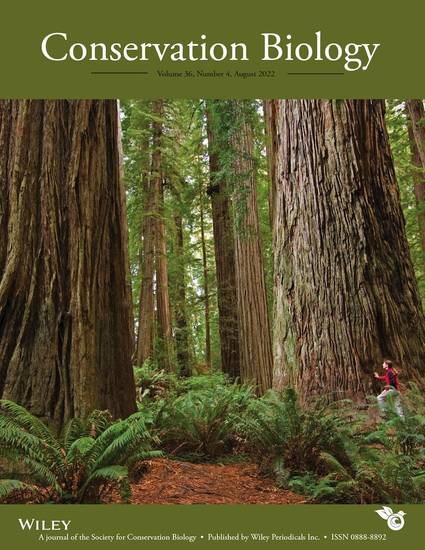
Article
Exploring metapopulation-scale suppression alternatives for a global invader in a river network experiencing climate change
Conservation Biology
(2022)
Abstract
Invasive species can dramatically alter ecosystems, but eradication is difficult, and suppression is expensive once they are established. Uncertainties in the potential for expansion and impacts by an invader can lead to delayed and inadequate suppression, allowing for establishment. Metapopulation viability models can aid in planning strategies to improve responses to invaders and lessen invasive species’ impacts, which may be particularly important under climate change. We used a spatially-explicit metapopulation viability model to explore suppression strategies for ecologically-damaging invasive brown trout (Salmo trutta), established in the Colorado River and a tributary within Grand Canyon National Park. Our goals were to: 1) estimate the effectiveness of strategies targeting different life stages and subpopulations within a metapopulation, 2) quantify the effectiveness of a rapid response to a new invasion relative to delaying action until establishment; and 3) estimate whether future hydrology and temperature regimes related to climate change and reservoir management affect metapopulation viability and alter the optimal management response. We included scenarios targeting different life-stages with spatially-varying intensities of electrofishing, redd destruction, incentivized angler harvest, piscicides, and a weir. Quasi-extinction (QE) was obtainable only with metapopulation-wide suppression targeting multiple life-stages; subpopulations were most sensitive to age-0 and large adult mortality. The duration of suppression needed to reach QE for a large established subpopulation was triple compared to a rapid response to a new invasion. Isolated subpopulations were vulnerable to suppression; however, connected tributary subpopulations enhanced metapopulation persistence by serving as climate refuges. Water shortages driving changes in reservoir storage and subsequent warming would cause brown trout declines, but metapopulation QE was only achieved by re-focusing and increasing suppression. Our modeling approach improved our understanding of invasive brown trout metapopulation dynamics, which could lead to more focused and effective invasive species suppression strategies, and ultimately, maintenance of populations of endemic fishes.
Disciplines
Publication Date
2022
DOI
https://doi.org/10.1111/cobi.13993
Citation Information
Phaedra Budy. "Exploring metapopulation-scale suppression alternatives for a global invader in a river network experiencing climate change" Conservation Biology (2022) Available at: http://works.bepress.com/phaedra_budy/345/
